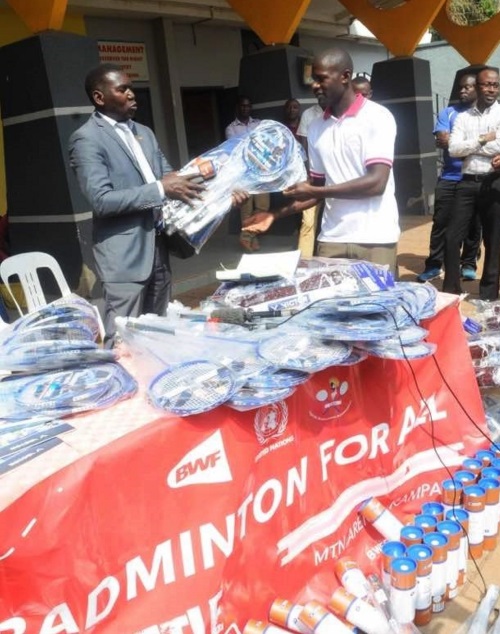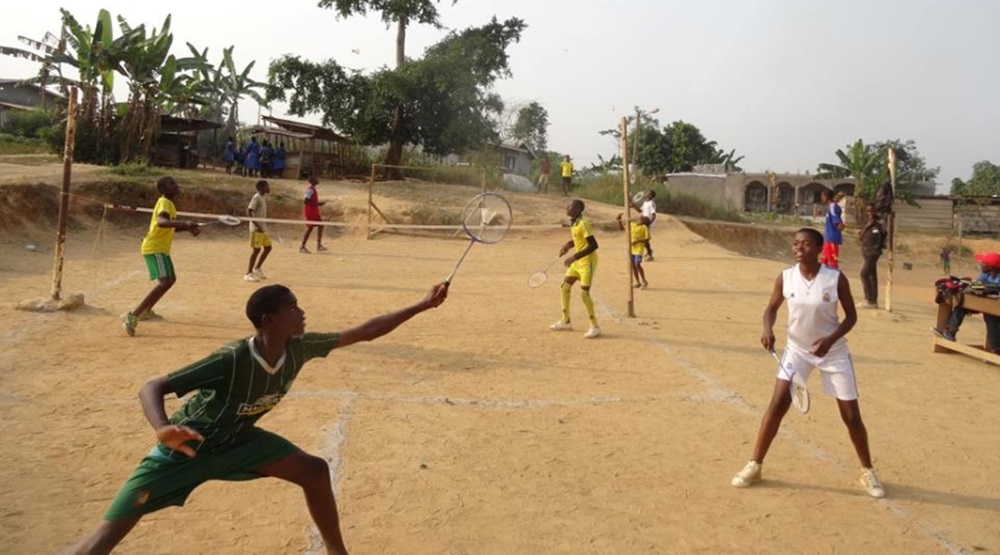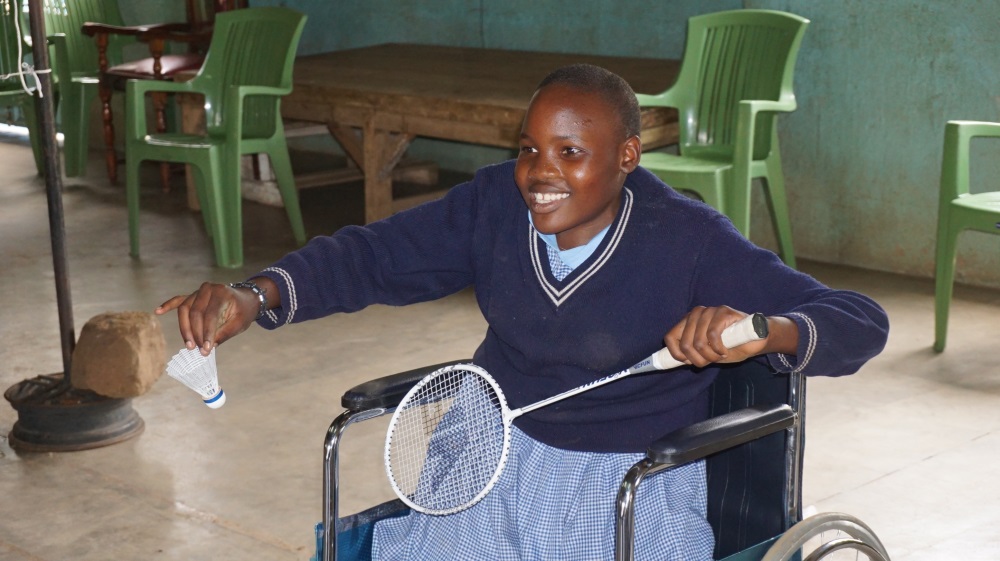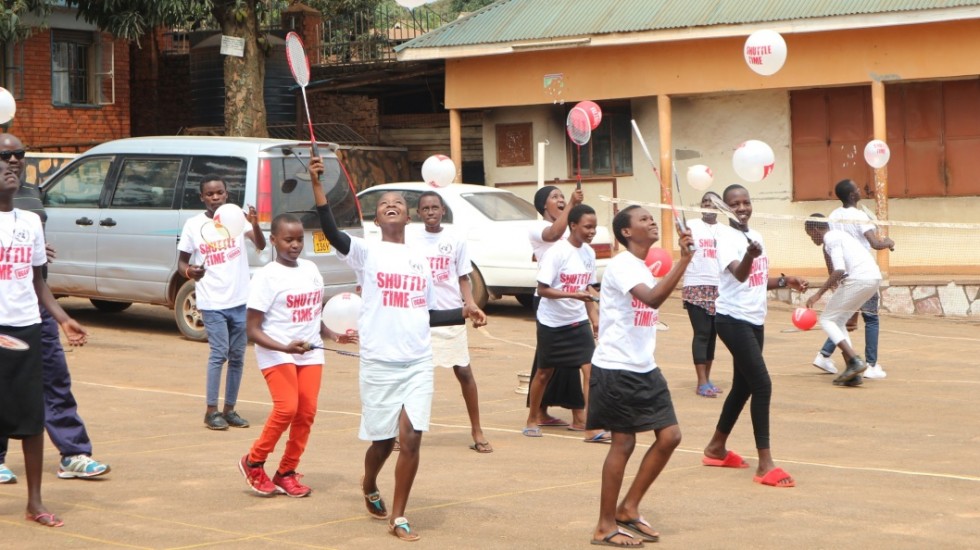 More than 61,000 pupils, including nearly 7,000 with disabilities, were engaged in the year-long Badminton for All project delivered by Badminton World Federation in Africa.
More than 61,000 pupils, including nearly 7,000 with disabilities, were engaged in the year-long Badminton for All project delivered by Badminton World Federation in Africa.
The project, funded by the United Nations and supported by Badminton Confederation of Africa, benefited nine developing countries had several objectives. These included, among others: engaging over 30,000 children, including those with disability, in a ten-week period of safe, fun and inclusive badminton; to empower some 1500 physical education specialists, class teachers and community coaches with the skills and knowledge to teach badminton; providing Shuttle Time tutors with disability awareness training; to put in place mechanisms to ensure sustainability of projects beyond the 12-month funding cycle; and to provide countries with free badminton teaching materials.
Equipment company, Victor, provided branded school kits to each of the countries; each kit containing 20 rackets, two dozen shuttlecocks, two nets and a UN/Shuttle Time-branded bag. The participating nations were: Benin, Ivory Coast and Togo (Cluster 1); Ethiopia, Kenya and Uganda (Cluster 2) and Lesotho, Zambia and Zimbabwe (Cluster 3).
In the first phase of delivery, BWF worked with all nine national associations to develop a National Implementation Plan for the project. Each association was asked to provide a national Shuttle Time co-ordinator, five people to be trained as Shuttle Time tutors, and to identify regions where teacher-training courses would be delivered.
In the second phase, BWF delivered three tutor-training courses, one in each cluster region. A total of 45 tutors attended the course and they were taught the Shuttle Time curriculum, tutoring adult learners, and about disability sport.

In the next phase, the national associations delivered a series of one-day Shuttle Time courses for groups of school teachers. More than a thousand teachers were trained to deal with a range of abilities in their pupils and about disability sport.
In the fourth phase, teachers who attended the courses began to deliver badminton to their schools. The sessions were inclusive and included pupils with physical and intellectual disabilities.
The fifth phase involved getting reports from the in-country activities. Some impressive statistics emerged – each country was able to engage thousands of school children – and with 45 trained tutors and 1,111 teachers, the groundwork has been laid for the future development of the sport in these regions.

Captions:
Featured image: Ugandan youth embraced badminton wholeheartedly.
1. All nine nations received donations of equipment, including rackets, shuttlecocks and nets.
2. Participants enjoy badminton in Benin.
3. This Kenyan girl was among the persons with disabilities who learnt badminton.






























